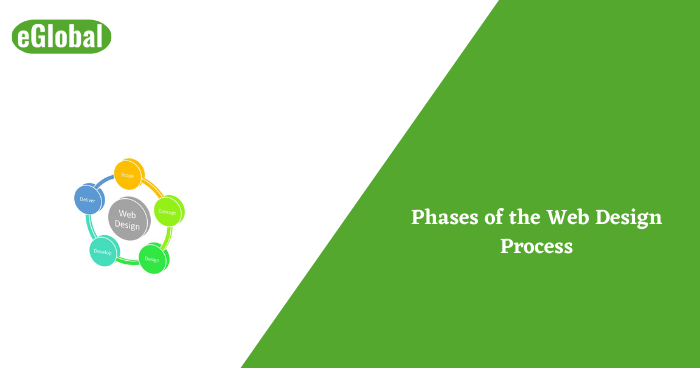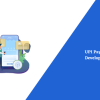

As web designers, we think of the Web in terms of wire frames, content management systems, and code. But all the insightful designers know that the effectiveness of a Web design isn’t correlated to the code, social media integration, or cool visuals. Website designing requires a well-thought-out online strategy focused on reaching goals that can be anything from attracting visitors to buy products to getting the public to understand an issue to get the attention of visitors to a new brand.
The Web design process is not all that different from other communication processes. If one is familiar with developing a brief, a public relations plan, a communication plan, etc., then the phases would feel very recognizable. The phases of the Web design process are as follows:
The challenge in this step is limiting the goals. Sometimes the organization has too many goals than it knows what to do with. Being able to bring focus to organizational goals will make the website development much easier and make the final product more successful.
Once all the information and assessments are gathered for any prospective interviews, they should be collected in a well-formatted project brief. The brief contains the following components:
Project summary: This is outlining the general overview of the project, organizational background, the environment in which the organization exists, the people whom the organization serves, and the distinctive value it provides to its audience.
Goals: Clear goals allow the Web team the capability to focus on what will provide the most impressive to the target audience and move the organization forward.
Target audiences: Most organizations stay in touch with multiple organizations such as customers, stakeholders, internal audience, suppliers, partners, shareholders, etc. Demographics, psychographics, brand perceptions, audience needs, online goals, tasks routinely performed, and much more, are all included in audience profiles.
Messages: What are the key content that attracts and motivates audiences to engage with the organization? What are the key brand messages that help alter the organization from its various other peers? These are supposed to be taken into consideration.
Competition: An overview of competitive organizations’ websites, including visual branding, messaging, navigation, calls to action, and key differentiators are needed to be reviewed.
Defining the project’s scope is a crucial step. By creating a clear-cut project scope plan that outlines all the pre-thought-out activities and specific timelines, you will be able to set expectations for your patrons.
Site architecture has the sitemap and wireframes of pages. The creation of the sitemap ensures that you are including all the key pages in the site, showcasing their relationship to each other and defining how the site’s overall navigation should be assembled. Wireframes provide an intricate view of the content that will emerge on each page. They are a guideline for content hierarchy on every page.
The next step is the visual style. The completed visual style will most likely be chosen by the visual brand of the organization. The goal is to connect the Web with all of the organization’s contacts. The organization’s brand plays a significant role in this part of the process, as designers want to visually convey the key brand of perceptual ideas within the design.
With designs finally approved, it’s now time to develop new content and rectify old content, create videos, slideshows, podcasts, blogs, and other media that will appear on the site.
Before the launch, the site will be placed on a production server where only anyone with who you share the link can view it. Testing of the site is crucial as there will be issues that need to be corrected before the site goes live. There is nothing that destroys the value of a brand more than a site that can’t run properly or that has spelling mistakes or broken design elements. At this stage, the site will need to be surveyed on many different browsers such as Firefox, Safari, and Internet Explorer and multiple devices like laptops, tablets, and mobile to see if and where breaks occur.
The mega-huge day. You’ve done all you could and now, you’re ready to launch. But after the launch, the work isn’t over — you have to be prepared to address feedback from the patrons who are adjusting to the new site. You will need to make some immediate changes to the site. Always remember, change is inevitable.
Websites can be considered as living, breathing entities that require constant care and maintenance. Updating content, making changes in the back-end and much more are all in a day’s work. But the whole thread is a strategy: the yearning to achieve a higher goal and to prosper in a competitive environment.
Hope you got to know about Phases of the Web Design Process! hire Indian developers for your future projects! contact us for more details.

Mar 11, 2024

Mar 6, 2024

Jan 4, 2024

© 2017 All rights reserved.